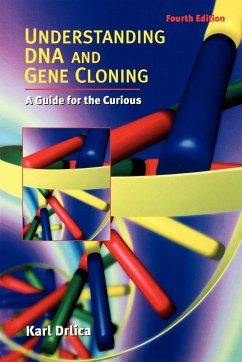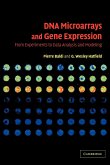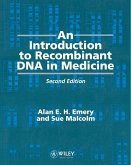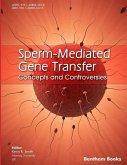A LAYMAN'S TOUR OF GENETICS FROM MOLECULAR BASICS TO GENE CLONING AND ITS APPLICATIONS Will genetic matching free your children of hereditary disease? Will insurance companies deny your life insurance because of predetermined patterns in your DNA? Will the perfect potato ever make the ultimate-tasting French fry? This highly acclaimed book fully explains the genetic issues we face today and will face tomorrow, and guides you through the science and technology underlying the ongoing genetic revolution. Each step of the way, Karl Drlica explains complex topics using easy-to-read examples and understandable prose. This basic information will help you: * Understand the basics of molecular biology and DNA technology so you can make informed judgments about these topics. * Realize the benefits and shortcomings of emerging advances in genetics to change your life for the better. * Protect yourself from professional and personal discrimination that may arise from the release of genetic information.








